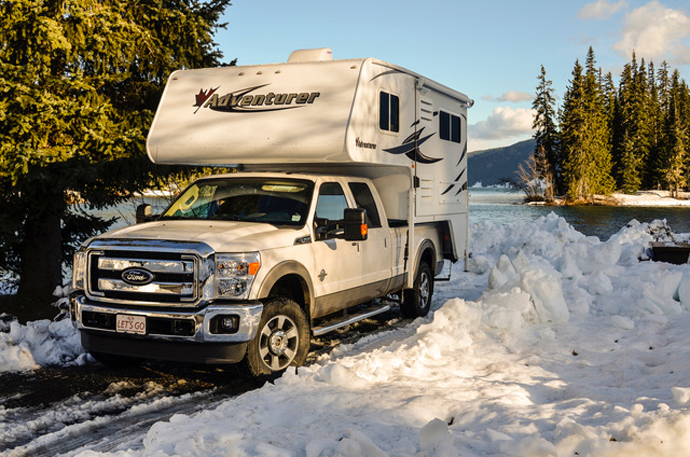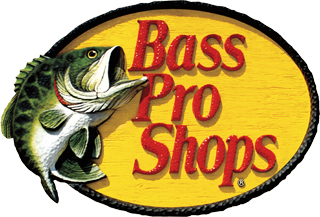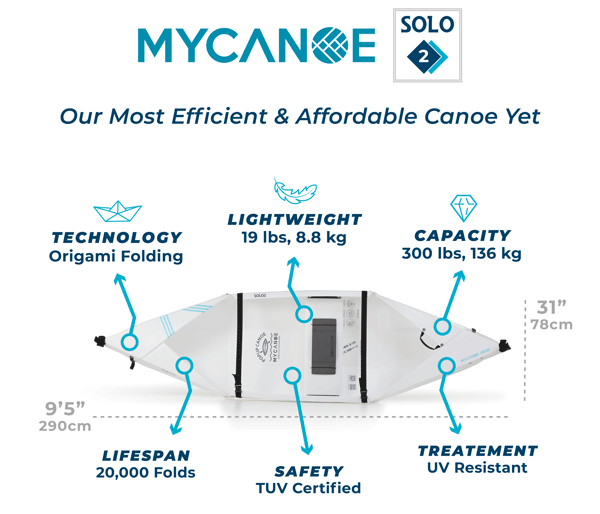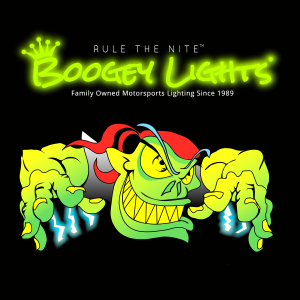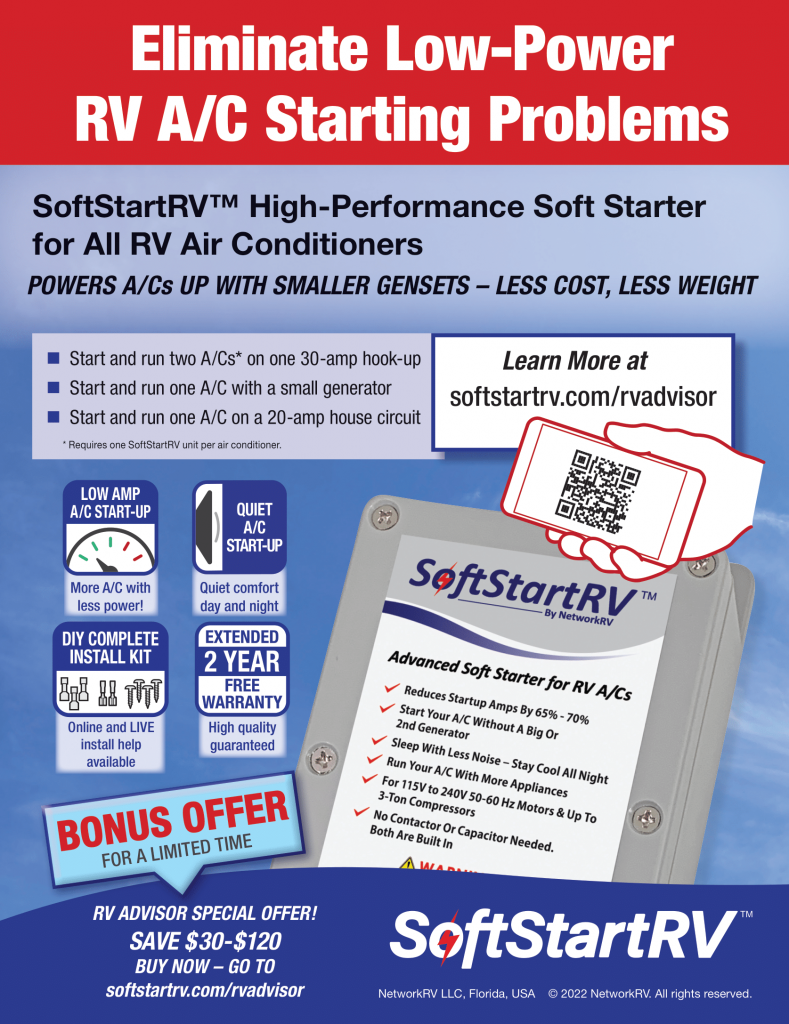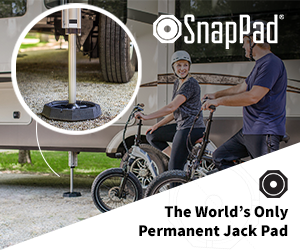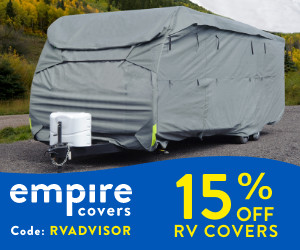Do-it-yourself tips and tricks to preparing your recreational vehicle for winter
Each new season brings new sights, activities, and traditions that add a new twist to the RVing experience. Whether it’s revising the packing list, seeking out new destination types, or parking the RV altogether, preparation is the key to every season in an RV.
For some campers, winter brings an end to on-the-road fun. If you park your recreational vehicle for the winter, some preparation is necessary to prevent the potential of costly repairs. With the right supplies and enough knowledge, winterizing your RV is an easy do-it-yourself project.
Supply list
The most important step of any project is making sure you have the right supplies, preparing your RV for winter is no different. Gather the following items, and purchase any you may not have from your local RV store:
- Owner’s manual specific to your model. Many have specific recommendations regarding winterizing.
- Two to three gallons of non-toxic RV antifreeze. The length and layout of your plumbing lines determine the amount needed.
- A water heater by-pass kit. Some RVs will already have one installed.
- A wand to clean out holding tanks or a product like Flush King. This step is unnecessary if the RV has a built-in tank flushing system.
- Basic hand tools for assorted tasks such as removing drain plugs.
- WD-40 lubricant.
- A water pump converter kit.
- Cleaning supplies and garbage bags.
Prevent plumbing freeze
The most important aspect of winterizing involves the plumbing system. A failure to protect the plumbing system can result in water lines or tanks freezing, expanding, and breaking if water remains onboard, which can be a costly mistake. Take the following steps before parking for winter:
- Remove any inline water filters. Use a bypass hose at sink faucets when the filter is removed.
- Locate and drain the fresh water holding tank.
- Drain and flush gray and black water holding tanks. If you don’t have a built-in tank flushing system, use a wand or Flush King to clean out the black tank. Lubricate valves with WD-40.
- Remove the drain plug and open the pressure relief valve on the water heater to drain.
- Open all faucets, including the toilet valve and outside shower, and flush the toilet to remove all water from lines. Remove the drain plugs of the low point water drain lines for both cold and hot water lines. Recap drains and close faucet once fully drained.
- Make sure you have a by-pass kit installed on the water heater, so it doesn’t fill up with antifreeze during the next step.
- Disconnect the line coming from the holding tank for fresh water, connect clear tubing, and place the free end of the tubing into a container of non-toxic RV antifreeze.
- Turn on the water pump and allow the system to pressurize. Slowly open the hot and cold valves until the antifreeze appears through the faucet. Don’t forget the outside shower. Also, flush the toilet until antifreeze appears.
- Remove the screen over the outside city water inlet and push in on the valve with a screwdriver until you see antifreeze. Replace screen.
- Pour a cup of antifreeze down each drain, into the toilet, and flush into the holding tank.
- Tighten all faucets to make sure they are closed.
Finishing touches
Now that you’ve completed the more complicated (and important) plumbing-related steps of the checklist move onto the easier tasks such as:
- Clean up. Clean out the refrigerator, wipe and clean interior, wash and wax the vehicle, and scrub the awnings.
- Check seals. Examine seals around exterior doors and windows and caulk if any gaps are present.
- Assess vents and roof. Make sure there are no potential leaks and repair any trouble areas.
- Store unnecessary lines and hoses. Disconnect 120-volt line cord and clean and store sewer hose.
- Park and stabilize. Use the emergency brake and wheel chocks; make sure RV does not rock.
The close of camping season is bittersweet but preparing your RV for winter helps guarantee that you’ll be ready to roll again at the start of spring. Take the time to get familiar with the steps of winterizing your RV and protect your home away from home from the effects of the cold.

